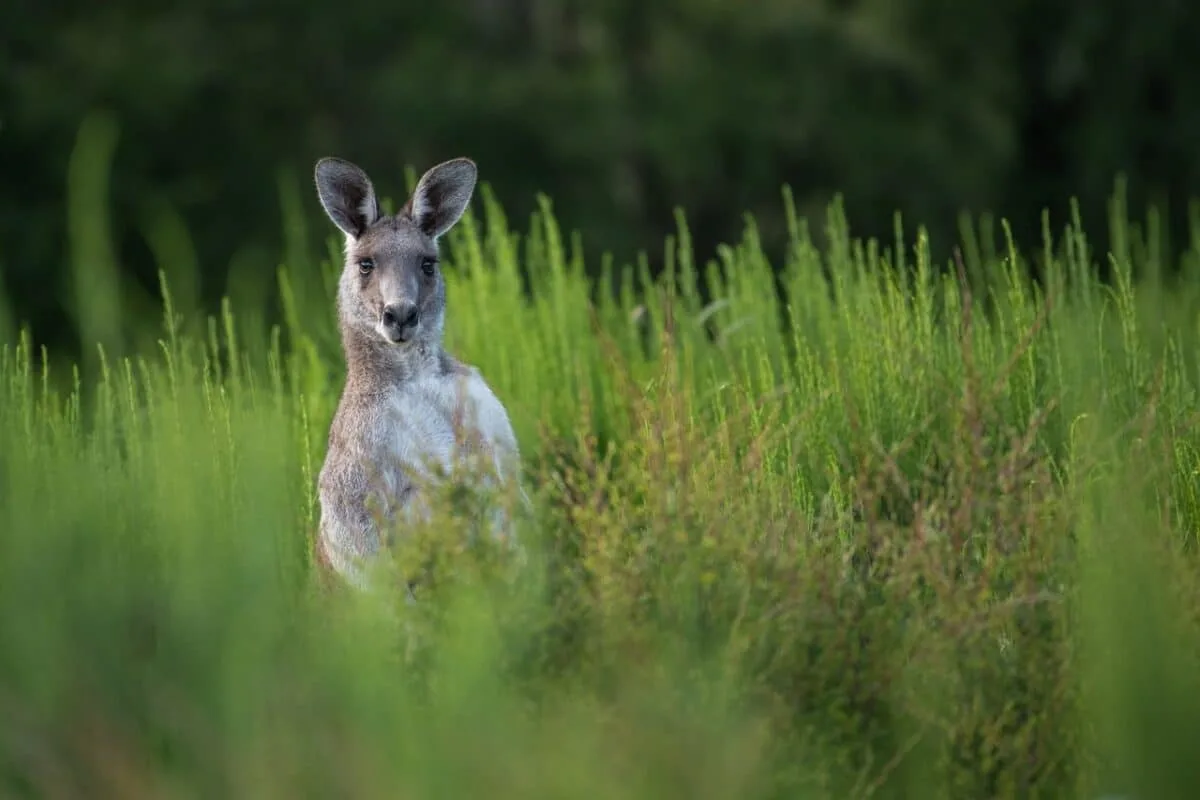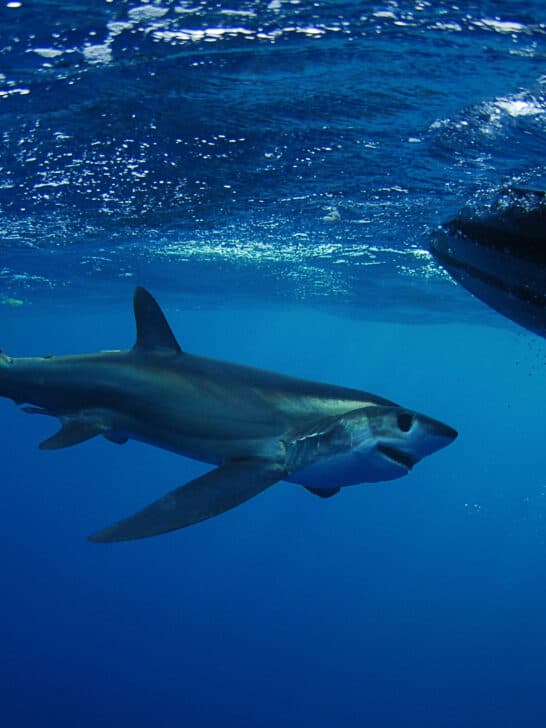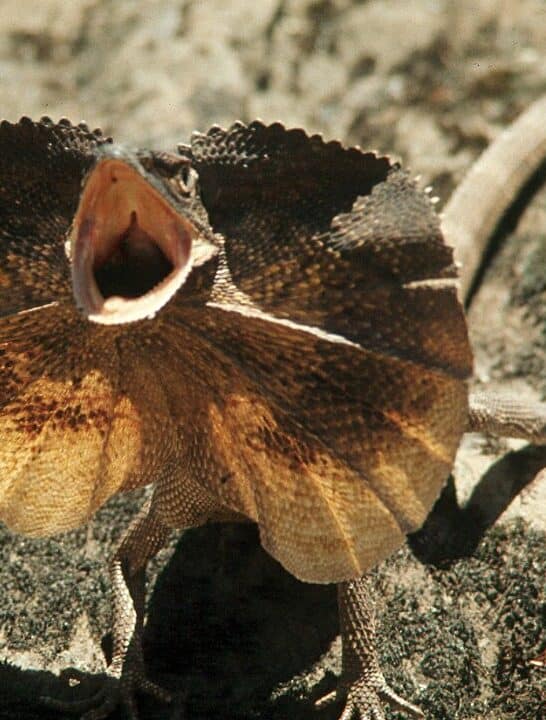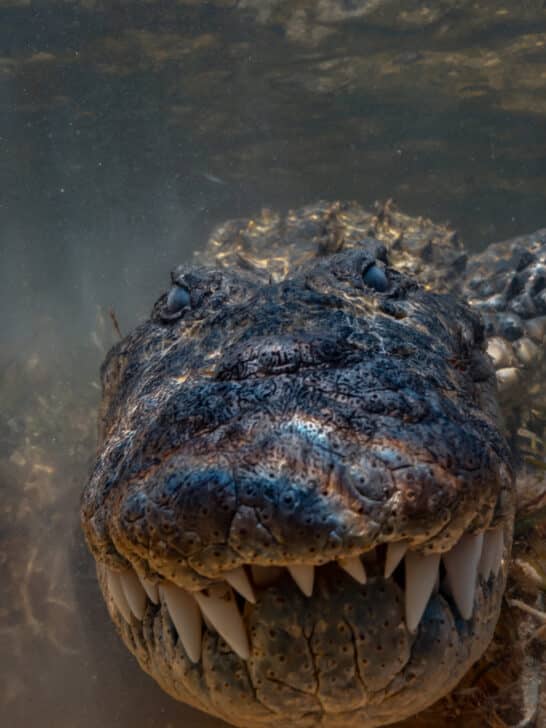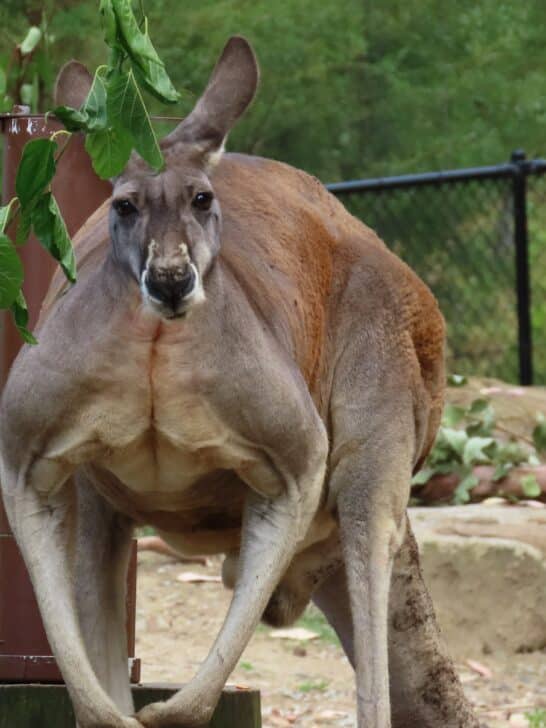Isolated from the rest of the world for millions of years, Australia’s animals have evolved in distinctive and fascinating ways. I lived in Australia myself for 6 months, exploring Animals like Kangaroos or Koalas.
This rich biodiversity, however, faces threats from habitat loss, invasive species, and climate change, making the conservation of these unique animals more important than ever.
List on Animals in Australia
-

From Florida to Hawaii: Seals Diminishing, Shark Attacks Rising
-

Interesting Animals from Down Under – Australia.
-

Watch: Podcaster Unaware of Snake Dangling Behind Him
-

Australia’s Notorious Five: Deadliest Animals Down Under
-

Watch: The Biggest Kangaroo Ever Recorded
-

9 Best Places to See Kangaroos in the Wild
Animals in Australia FAQs
The kangaroo, synonymous with Australia, is perhaps the most recognizable, known for its powerful hind legs, large feet, and pouch for carrying young. Next is the koala, often associated with the image of Australian wildlife, with its cuddly appearance and eucalyptus tree habitat. The platypus, with its duck-bill and webbed feet, captivates many due to its unusual appearance and status as one of the only mammals that lay eggs. The wombat, another beloved animal, charms with its short legs, round body, and burrowing habits. Lastly, the Tasmanian devil, native to the island state of Tasmania, is known for its strong jaws, nocturnal habits, and the conservation efforts surrounding its survival. These animals not only contribute to the ecological diversity of Australia but also hold a special place in the cultural and natural heritage of the continent.
Among the most dangerous, the box jellyfish stands out for its potentially lethal stings, posing a serious threat to swimmers in northern Australian waters. The saltwater crocodile, the world’s largest living reptile, is found in northern Australia and is known for its aggressive nature and powerful jaws, capable of delivering fatal attacks. The Sydney funnel-web spider, highly venomous and aggressive, resides in New South Wales and its bite can be deadly to humans without prompt treatment. The eastern brown snake, widespread across the eastern half of Australia, is responsible for more snakebite fatalities in the country than any other species, given its potent venom and proximity to populated areas. Lastly, the blue-ringed octopus, small but formidable, carries enough venom to kill multiple humans within minutes, yet it shows its true colors only when threatened.
Newest Category: Animals in Australia
- Animals and Wildlife in Colorado - April 24, 2024
- Best Places to see Sloths - April 24, 2024
- Where to See Alligators in the Wild - April 24, 2024

